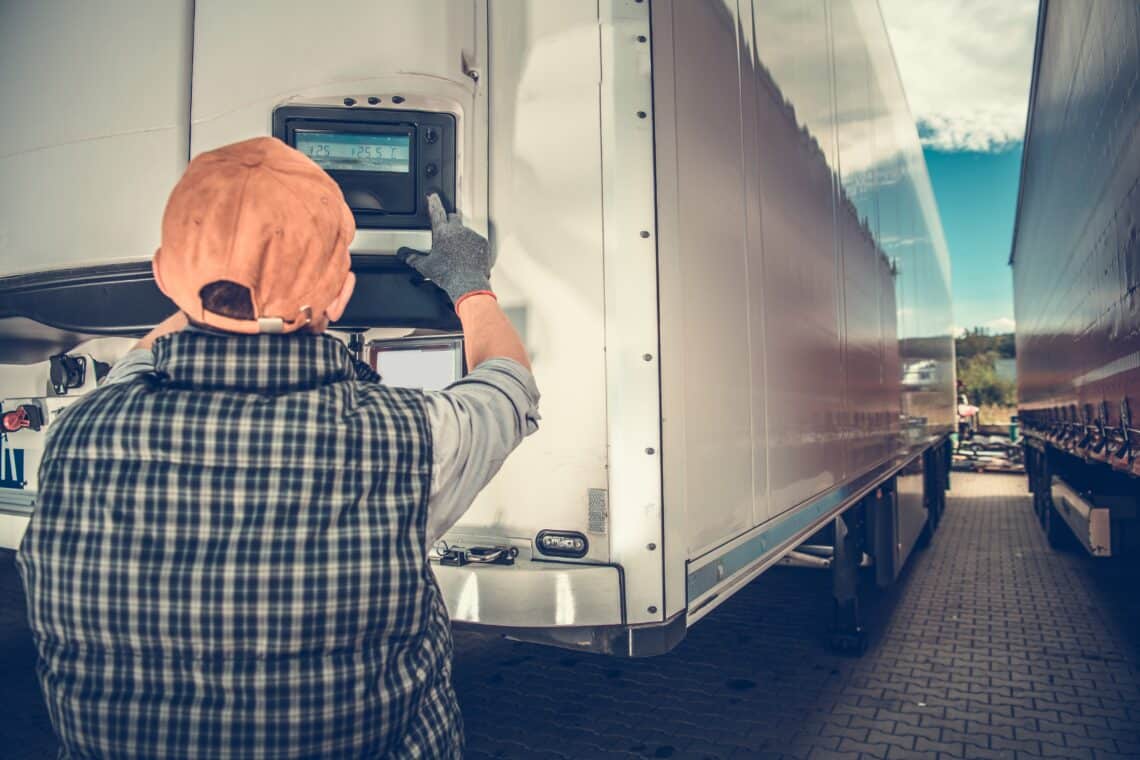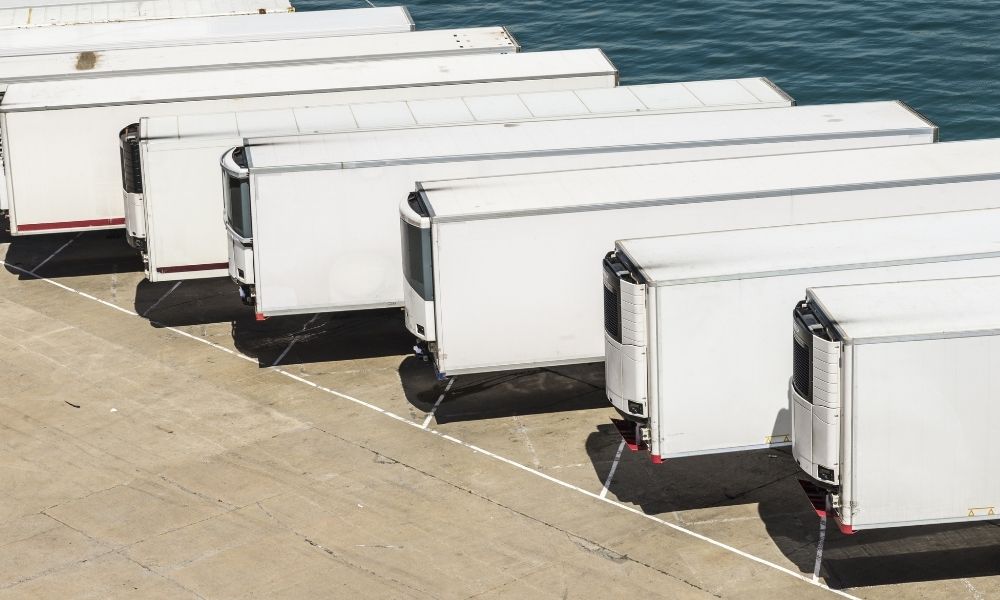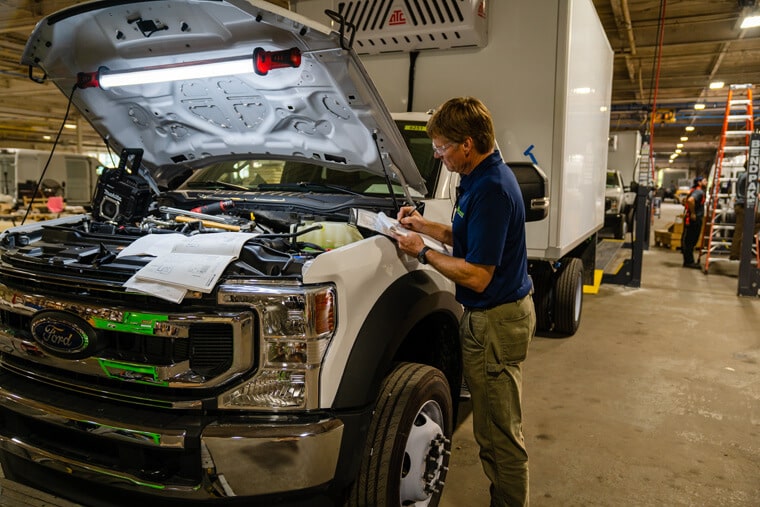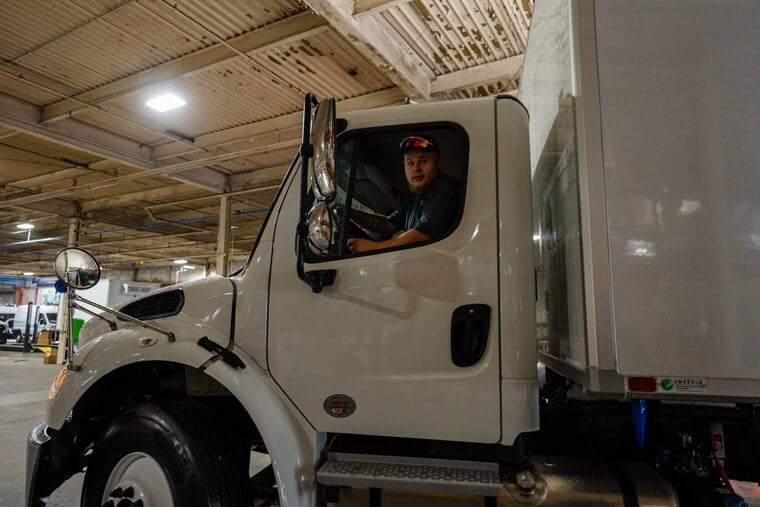
From Ocean to Plate: Understanding the Journey of Seafood Transportation
emerald-admin | April 5th, 2024
Seafood travels a fascinating journey from the depths of the ocean to the tables where it’s savored. At Emerald Transportation Solutions, we offer a diverse range of refrigerated trucks and vans tailored to businesses involved in transporting food, including fresh seafood. Let’s look into the intricacies of shipping fresh seafood and the stages that bring it to your plate.
Harvesting from the Ocean
The journey commences with skilled fishermen navigating the vast ocean waters searching for the finest seafood treasures. Using techniques such as trawling nets and specialized boats, they harvest a bounty of shrimp, fish, crabs, and more, ensuring a sustainable harvest that preserves ocean ecosystems.
Processing and Packaging
Once harvested, the seafood undergoes careful processing and packaging at specialized facilities. Here, it is cleaned, sorted, and graded based on factors like size and freshness. Techniques such as filleting, gutting, and freezing are employed to maintain optimal freshness and quality, ensuring that each piece meets stringent standards before distribution.
Temperature-Controlled Transportation
As the seafood is prepared for transport, maintaining freshness becomes crucial. Specialized refrigerated truck and van fleets, cargo planes, and ships equipped with advanced temperature control systems ensure that the seafood remains at safe temperatures throughout its journey. These “cold chain” systems safeguard the delicate flavors and textures of the seafood, regardless of the distance traveled.
Regulatory Compliance and Customs
Before reaching its final destination by refrigerated cargo van or truck, seafood undergoes regulatory checks and customs clearance if applicable to ensure compliance with local, state, national, or international standards. Stringent protocols are in place to verify the safety and quality of the seafood, guaranteeing its suitability for consumption.
Arrival and Preparation
Upon reaching local markets, restaurants, or homes, the seafood is eagerly received and prepared according to diverse culinary techniques. Whether grilled, steamed, fried, or baked, each method accentuates the unique flavors and characteristics of the seafood.
Savoring the Culinary Delight
Finally, the journey culminates as seafood dishes grace kitchen and dining room tables, inviting consumers to indulge in a symphony of flavors and textures.
The journey of seafood from ocean to plate encompasses the harvesting of multiple treasures from the ocean, skilled processing and packaging, refrigerated transport, and culinary artistry. At Emerald Transportation Solutions, we remain committed to helping you ensure the seamless and safe transport of fresh seafood, preserving its integrity every step of the way.
If you are searching for the right refrigerated truck or refrigerated van for sale, give us a call today at 678.831.9975 or send us a message through our contact form. Experience excellence in refrigerated transportation for food service providers with Emerald Transportation Solutions.
Related Articles
Contact Us
Feel Free To Contact Us If You Have Any Questions
What does under DOT mean?
Questions regarding DOT requirements come up often. 10,000 lbs GVW (gross vehicle weight) and over are commercial vehicles that fall under the Department of Transportation regulatory requirements.
What is the difference between GVW and payload?
GVW or Gross Vehicle Weight is the entire weight of the vehicle including the payload. The payload weight represents the amount of cargo you are hauling.
What is a self-powered unit and a vehicle-powered unit?
A self-powered unit has its own fuel source and will run independent of the truck. This is the heaviest and most expensive option. While vehicle-powered units run off the engine via a compressor mounted on the engine. These are less expensive and lighter in weight but you must run the truck or plug the electric standby into shore power.
What does K-factor mean and why is that important?
K-factor is a term that stands for the overall insulating value of the container (truck body). Quite simply the lower the K-factor the better the truck body will be able to maintain a given temperature and require less energy to do so.
How much lighter is a Poly Van vs a US spec body?
Poly Van bodies are very light. On average we estimate we are 75-150 lbs per foot lighter than a traditional sheet and post foamed in place body. These weight savings translates to less fuel burn and less CO2 emissions, along with added payload, the most important benefit.






